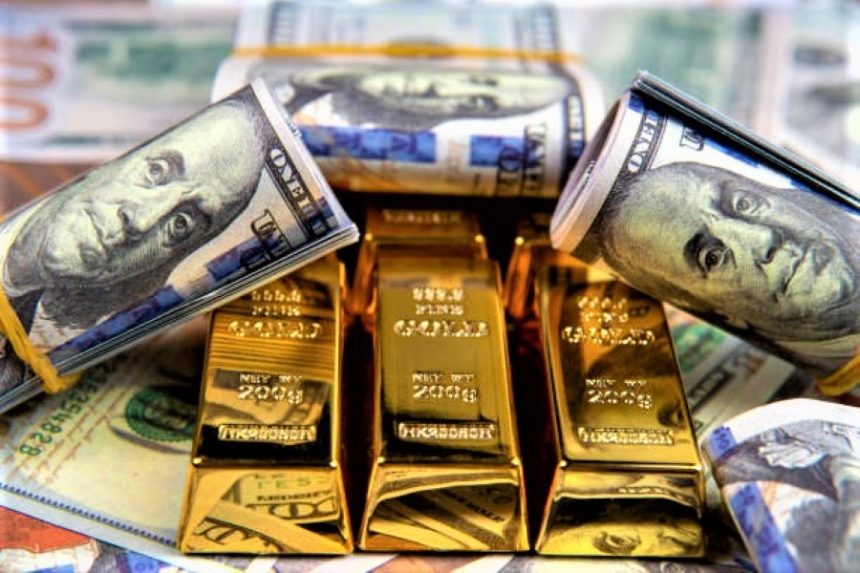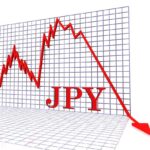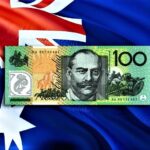Gold fallen for the seventh consecutive day, approaching a seven-month low.
The gold price (XAUUSD) has been drifting lower since the Federal Reserve (Fed) cautioned in September. That sticky inflation would likely necessitate at least one more interest rate rise in 2023. And reinforced the higher-for-longer narrative. Furthermore, the incoming strong macro data from the United States (US) supports. The Fed’s expectations for additional policy tightening and continues to push the US Treasury bond higher. As a result, the US Dollar (USD) reaches its highest level since November 2022. Driving flows away from the non-yielding yellow metal.
The negative trend continues for the seventh consecutive day on Tuesday, dragging the gold price to $1,815. During the Asian session, its lowest level since March 9. Meanwhile, the decline appears to be undeterred by a general weakening tone in the equities markets. Which tends to boost the precious metal’s relative safe-haven position. As a result, the path of least resistance for the XAUUSD is to the negative. However, bearish traders should use care due to very oversold circumstances on the daily chart.
Daily Market Movers: Gold prices continue to fall as the Fed becomes more aggressive expectations.
The gold price is on its longest losing run since August 2022. Owing to growing expectations on the Federal Reserve raising interest rates further.
Fed policymakers maintain that monetary policy must remain tight for some time. In order to return inflation to the 2% objective.
Fed Governor Michelle Bowman is prepared to back more rate hikes. If new data show that inflation has stagnated or is moving too slowly.
The essential question at this stage, according to Fed Vice Chair Michael Barr, is how long. To keep rates at a suitably restrictive level to achieve the goals.
Cleveland Fed President Loretta Mester also stated that inflation risks are skewed to the upside. That higher rates are required to combat them. to ensure that the deflationary trend continues.
The US ISM Manufacturing PMI improved to 49.0 in September. Marking the highest figure since November 2022 and the third consecutive month of gain.
Furthermore, the increase in consumer expenditure, along with rising fuel costs. Signals to higher prices in the future and strengthens the probability of additional policy tightening.
Markets now anticipate another 25 basis point (bps) rate rise this year. Pushing the yield on the benchmark 10-year US government bond to a 16-year high.
The US Dollar has also risen to its highest level since November 2022, undermining the gold price. Bulls are not benefiting from a lower risk tone.









